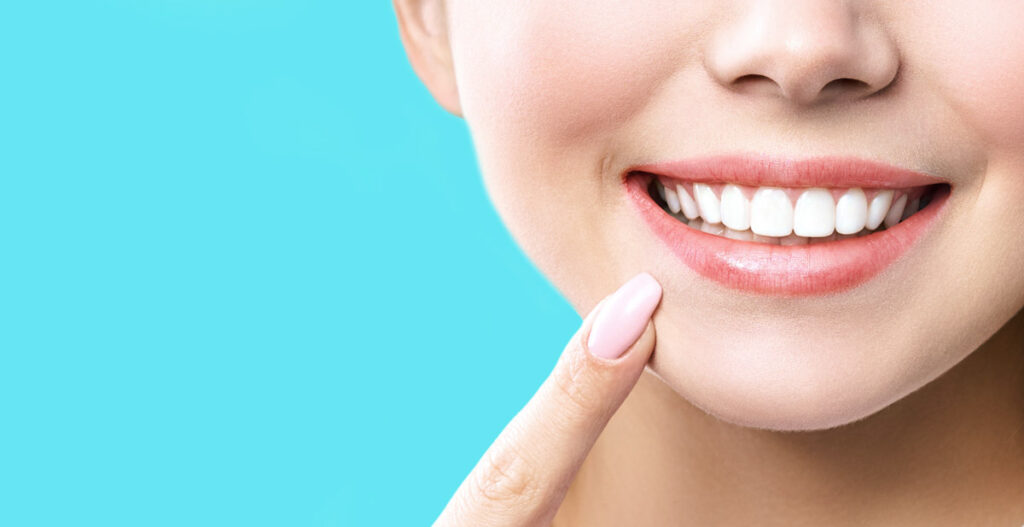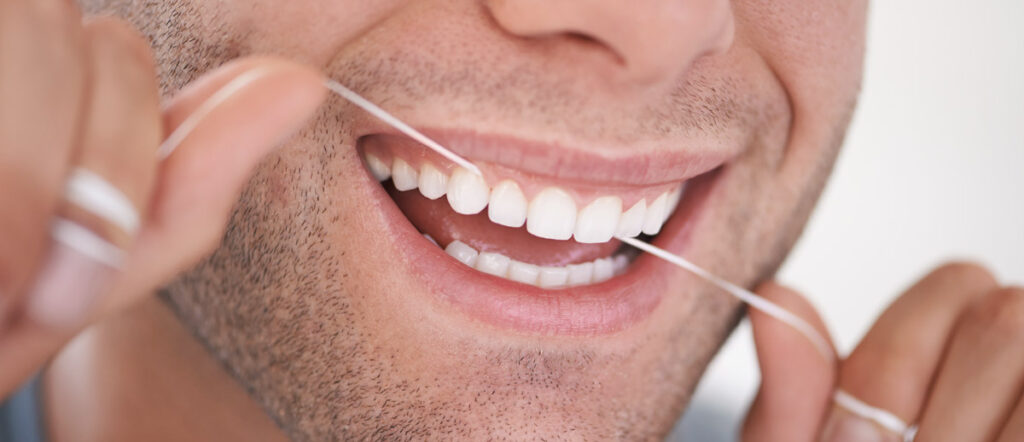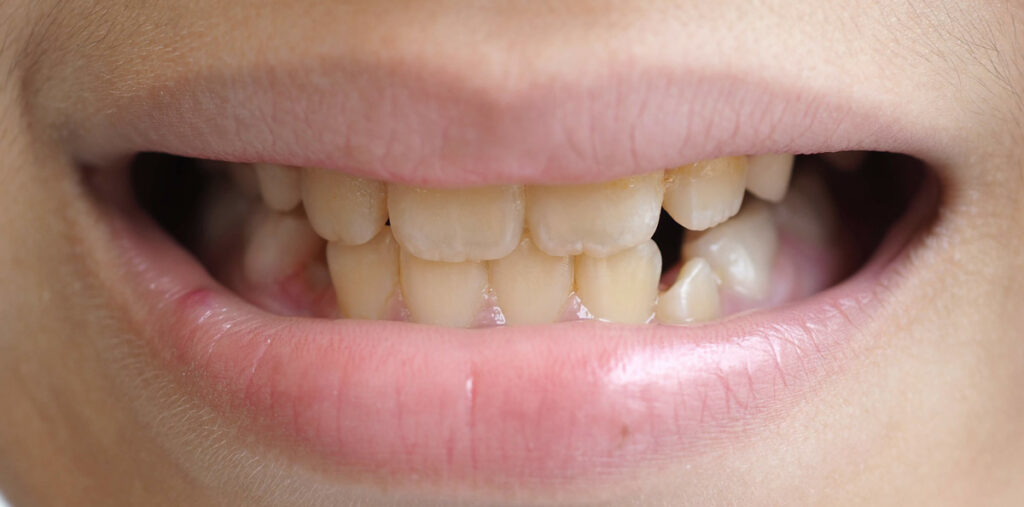Remove plaque the right way: dos and don’ts for a cleaner smile

Maintaining a clean and healthy smile is crucial for overall oral health. One of the main contributors to poor oral hygiene is dental plaque, which constantly forms on your teeth and gums.
If left untreated, plaque can lead to tooth decay, gum disease, and even tooth loss. To keep your teeth and gums in top condition, it’s essential to know how to effectively remove plaque and prevent it from building up in the first place.
In this guide, we’ll take you through the dos and don’ts of plaque removal to help you maintain a cleaner smile and prevent oral health issues like gingivitis, tartar buildup, and bad breath.

Understanding plaque and tartar
What is plaque?
Plaque is a sticky, colourless biofilm that forms on your teeth due to the accumulation of bacteria in your mouth. Composed of bacteria, saliva, and food particles, plaque is mostly invisible and can only be seen with a special light.
It builds up throughout the day, making regular oral care essential for its removal. If not properly managed, plaque can lead to cavities and gum disease.
This is why maintaining good oral hygiene is crucial to keep plaque at bay and protect your teeth and gums from potential damage.
What is tartar?
Tartar, also known as dental calculus, is a hardened form of plaque that requires professional removal. When plaque is not removed, it can mineralise into tartar, which is composed of calcium phosphate, calcium carbonate, and magnesium phosphate.
Unlike plaque, tartar is visible and can appear as yellow or brown stains on your teeth, especially around the gumline. Tartar can cause cavities, receding gums, and gum disease if not removed.
Because it is so tough, only a dental professional can effectively remove tartar using special instruments. Regular dental visits are essential to prevent tartar buildup and maintain a healthy smile.
Why plaque removal matters for preventing gum disease
Plaque is a sticky film of bacteria that forms on your teeth and gums, particularly along the gum line and chewing surfaces of your teeth. If not removed through regular brushing and flossing, it can harden into tartar (or dental calculus) – a substance that can only be removed by a dental professional using special instruments.
The buildup of plaque and tartar increases the risk of developing dental issues, such as:
- Tooth decay: Plaque bacteria produce acids that attack tooth enamel, leading to cavities and decay.
- Gum disease: Plaque buildup can irritate and inflame your gums, causing gingivitis or gum disease, with symptoms like bleeding gums and swollen gums.
- Periodontal disease: If left untreated, gum disease can progress to a more severe form called periodontal disease, which may result in tooth loss.
To prevent these issues and keep your smile healthy, plaque removal must be a regular part of your oral hygiene routine.
The dos of plaque removal
There are several steps you can take to effectively remove plaque and maintain good oral hygiene.
Do brush your teeth twice a day
Brushing your teeth twice a day with fluoride toothpaste is one of the most effective ways to remove plaque from teeth. Fluoride toothpaste helps strengthen enamel and prevent tooth decay, while the act of brushing physically removes plaque from the surfaces of your teeth.
Ensure you brush for at least two minutes to effectively clean all areas, including the inside surfaces of your teeth and the chewing surfaces.
Do use the right brushing technique with fluoride toothpaste
It’s not just about brushing more often – it’s about brushing properly. The American Dental Association (ADA) recommends using gentle, circular motions to effectively remove plaque without damaging your gums.
Avoid using hard strokes, as they can damage your gums and enamel. An electric toothbrush can help ensure thorough plaque removal, especially in hard-to-reach areas.
Do floss daily
Dental floss is essential for removing plaque between your teeth and along the gum line – areas where your toothbrush may not reach. Flossing helps remove food particles, plaque bacteria, and prevents plaque buildup. Even if you wear braces, you should still make this part of your daily oral care routine.
When flossing, make sure to use a taut piece of dental floss and gently slide it between your teeth, curving it around each tooth to remove plaque effectively.
Do use mouthwash
Mouthwash can help kill bacteria and prevent plaque buildup by reaching areas that are difficult to clean with brushing and flossing alone.
Antimicrobial mouthwashes are particularly helpful in killing bacteria and preventing gingivitis or gum disease. Make mouthwash a regular part of your routine, especially after meals, to keep your mouth healthy and fresh.
Do visit your dentist regularly
You should visit your dentist at least twice a year for check-ups. When you do, consider booking in to see your dental hygienist too. They will carry out professional cleanings to remove tartar from your teeth, which cannot be removed through regular brushing and flossing.
These cleanings help prevent plaque from turning into hardened plaque or tartar buildup, which could lead to more serious dental problems. Be sure to visit your dentist regularly for check-ups and professional dental cleaning.
Do maintain a healthy diet
What you eat plays a significant role in your oral health. A healthy diet low in sugary foods and starchy foods can help prevent plaque buildup. Sugary or starchy foods provide fuel for plaque bacteria, leading to more plaque and higher risks of tooth decay.
Opt for a balanced diet rich in vegetables, fruits, and calcium-rich foods like cheese and leafy greens to keep your teeth strong.
Do try and quit using tobacco
Using tobacco, including chewing tobacco, not only stains your teeth but also significantly contributes to plaque buildup. The chemicals in tobacco can irritate your gums and make it easier for plaque to stick to your teeth.
Smoking and chewing tobacco also increase your risk of developing gum disease, including gingivitis and more advanced periodontal disease. Quitting tobacco can improve your oral health by reducing plaque buildup, preventing bad breath, and lowering your risk of tooth loss.
If you need help quitting, speak to your dentist or a healthcare professional for support.
The don’ts of plaque removal
While plaque removal is essential, there are certain habits you should avoid to ensure you don’t do more harm than good.
Don’t overbrush your teeth
Brushing your teeth more frequently does not necessarily lead to cleaner teeth. Overbrushing or brushing too hard can cause bleeding gums, gum recession, and enamel erosion.
Stick to brushing twice a day with a gentle technique, using soft bristles to protect your gums and teeth from damage.
Don’t skip flossing
Although brushing is essential, it can’t reach between your teeth or along the gum line effectively.
Skipping flossing means missing out on removing plaque buildup in these areas. Without daily flossing, plaque can quickly accumulate, leading to tooth decay and gum disease.
Don’t use the wrong toothbrush
Choosing the right toothbrush is crucial for effective plaque removal. Choosing a toothbrush with the the seal of approval from a well-known dental institution ensures it meets high standards for safety and effectiveness. Avoid toothbrushes with hard bristles, as they can damage your gums and enamel. Opt for a toothbrush with soft bristles and a comfortable handle.
An electric toothbrush is a great option for effective plaque removal, as it provides more consistent brushing motion and better results.
Don’t rely solely on brushing
Brushing is an important part of your routine, but it should not be the only step you take to fight plaque. To keep your teeth clean and healthy, combine daily brushing with flossing and regular mouthwash use.
A complete oral hygiene routine that includes all these components we’ve talked about is the very best way to prevent plaque buildup and maintain a healthy mouth.
Trust Fulham Road Dental to help you remove plaque from teeth for good!
Maintaining a healthy smile goes beyond just brushing your teeth – it involves a combination of good oral hygiene habits, a balanced diet, and regular visits to your dentist or dental hygienist. Removing plaque and preventing tartar buildup is crucial to protecting your teeth and gums from gum disease, tooth decay, and other dental issues.
If you’re in need of a professional cleaning or have concerns about your oral health, why not schedule an appointment with a dental hygienist at Fulham Road Dental? Our team is dedicated to helping you maintain a healthy smile through expert care and advice, including preventative treatments and tailored oral hygiene tips.
Don’t wait for dental problems to arise – take proactive steps today to remove plaque, prevent tartar buildup, and enjoy the confidence of a cleaner, healthier smile.


